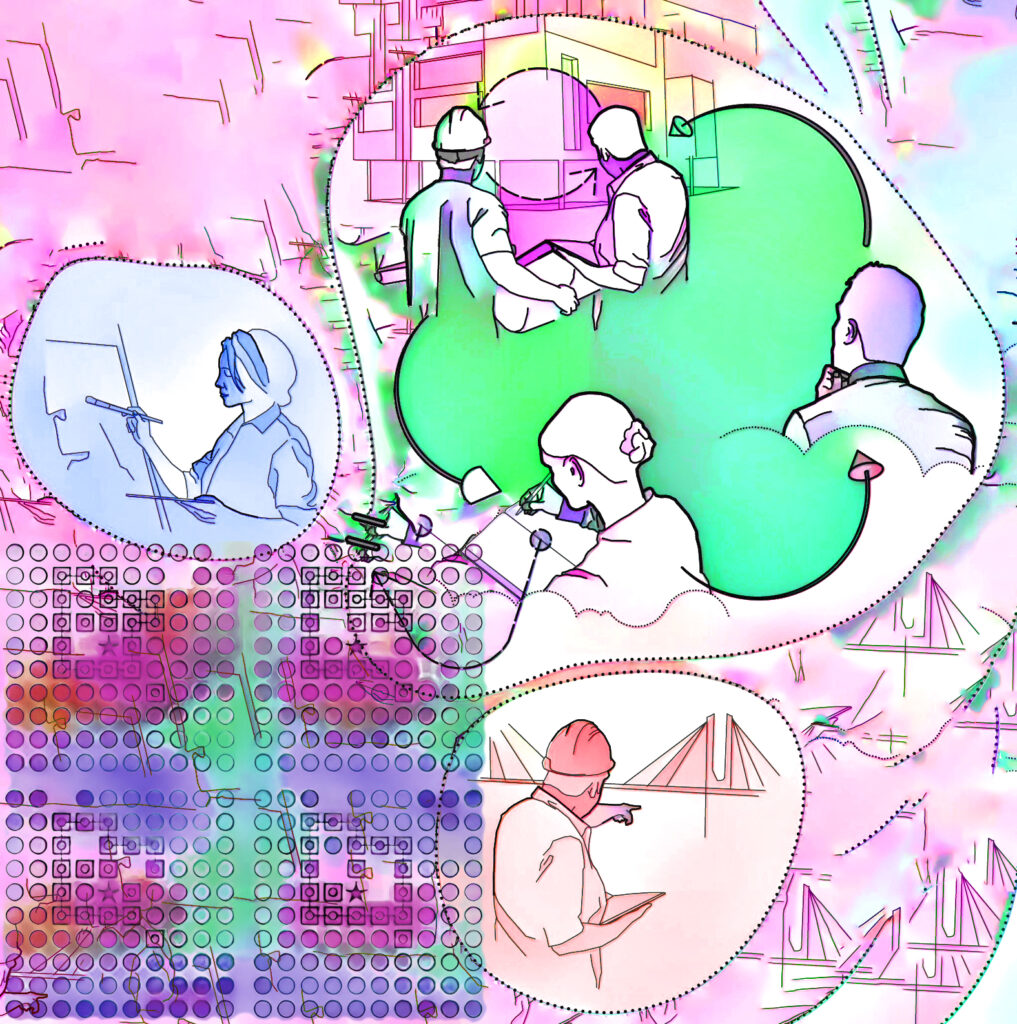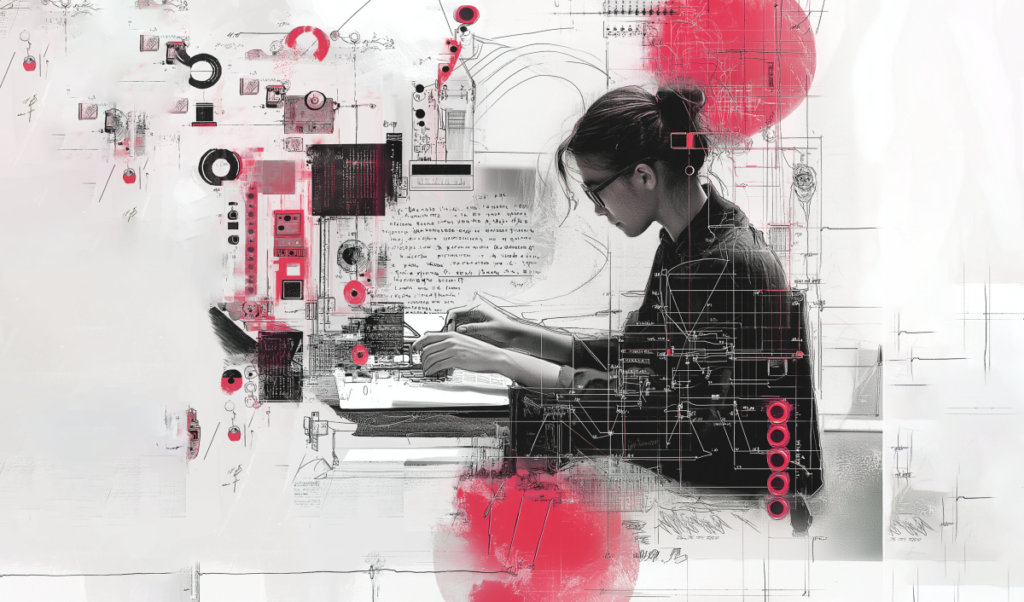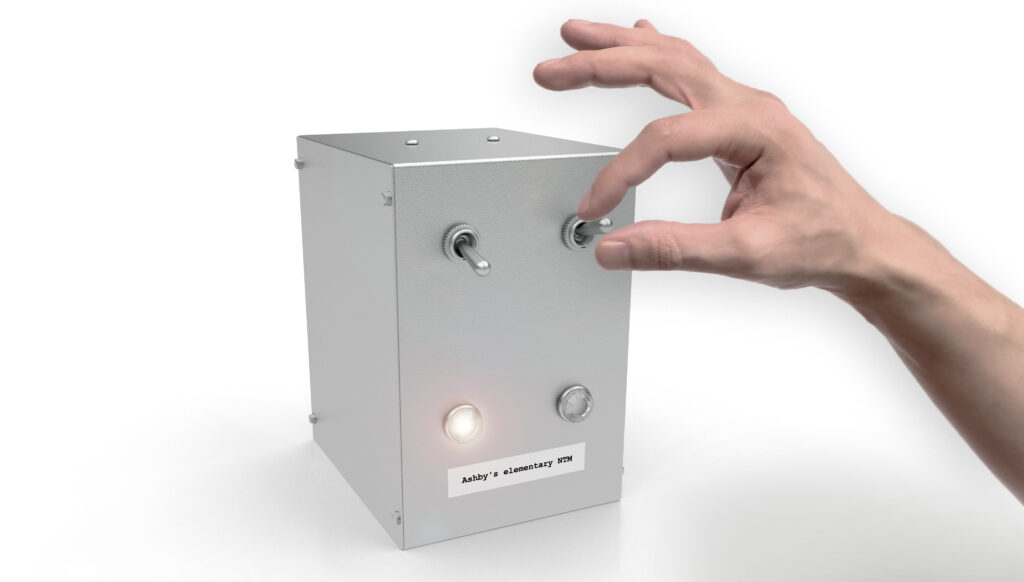
The term autopoiesis, a neologism made up of the two ancient Greek words autos (self) and poiesis (production/creation), was coined by the Chilean neurobiologists Humberto Maturana, Francisco Varela, and Ricardo Uribe in the early 1970s to describe the organization of living systems. Since then, has been applied to phenomena beyond biology, most notably in sociology by Niklas Luhmann and, based on that, in architecture by Patrick Schumacher. Guillermo Sánchez Sotés, Thomas Fischer, and Christiane M. Herr recently published an open access article titled The Appropriation of Autopoiesis of Architecture in the journal Frontiers of Architectural Research.
Summarizing Guillermo Sánchez Sotés’ recent PhD thesis, the article investigates the merits of the cross-disciplinary appropriation of the theory of autopoiesis in Patrik Schumacher’s The Autopoiesis of Architecture. Specifically, what are the merits of Schumacher’s appropriation of the theory of autopoiesis? The article develops and applies a text analysis method drawing on discourse analysis, close reading, visual interpretation, and “inference to the best explanation” to analyse a set of three pertinent samples from The Autopoiesis of Architecture. Using previously established categorisations of language use and merits of theory appropriation, this analysis shows that Schumacher employs various modes of language use in The Autopoiesis of Architecture to reference both prior instances of autopoiesis. These ambiguities serve to achieve merits that, in many cases, seem to benefit the author rather than his readers.
References


